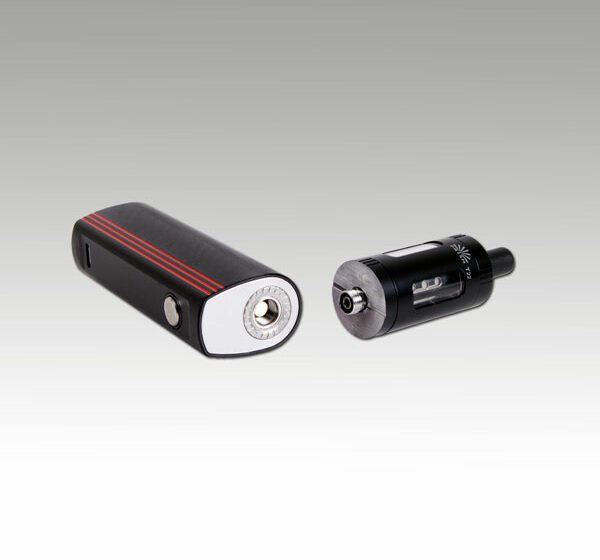Taking charge

Tackling the challenges associated with e-cigarette batteries
Contributed
 Despite the rapid advances made in recent years, e-cigarette technology remains a work in progress. Perhaps the area least understood is that of power supply. This article takes a closer look at battery technology.
Despite the rapid advances made in recent years, e-cigarette technology remains a work in progress. Perhaps the area least understood is that of power supply. This article takes a closer look at battery technology.
In e-cigarettes, batteries are used to power the heating elements. The current generation of products typically uses lithium polymer (LiPo) batteries. LiPo batteries are characterized by high energy density, which means they can store lots of energy in a small space. They are a suitable choice for devices that need to work for at least a few hours before requiring a recharge.
That said, a stated capacity of, say, 1,000 mAh doesn’t guarantee smooth operation. The battery must be able to withstand a current more than several times its nominal capacity. Only LiPo cells built for “high-drain” use can handle an e-cigarette’s high current consumption without suffering an excessive voltage drop.
When a normal LiPo is used, the battery’s internal temperature rises and causes dangerous internal structure damage—which can lead to an explosion. It’s not only the discharge current that can cause such problems. When the battery is charged too fast or at a too high-cut voltage, things can go wrong inside the e-cigarette as well.
Instances of exploding e-cigarette batteries have been widely reported, negatively affecting the vapor industry’s reputation. In some cases, the victims were badly burned.
Safe use
All of this raises the question of which batteries are safe to use. First, it’s important to note the steps of proper power management. Physics provides the basic formula: power = voltage x current. Contrary to what some believe, it is not a linear equation—a slightly higher/lower voltage does not equal slightly higher/lower power. Rather, the current relates directly to the voltage and the resistance of the coil. So the current flowing through the system is equal to the voltage divided by resistance of the coil.
The means that lowering the coil resistance to create a higher current and thus more power works only with a constant voltage. With battery power, the effective power increase—or, worse, power decrease—depends on the voltage drop caused by the increased current. In the worst case, the increased current creates dangerous structural damage without providing the expected power increase.
For e-cigarettes, we recommend LiPo batteries as long as they are built for high-drain use. The modern NiMH, LiFePO4 or LTO battery cells are suitable, as well. Regardless of what model is chosen, the device must cope with a voltage drop. This is not a problem as long as the battery can safely withstand the high current.
By choosing the appropriate battery technology and using it wisely according to the laws of physics, we can make the industry safer. This should benefit end users and e-cigarette manufacturers alike.
This article was contributed by tricas Industrial Design & Engineering